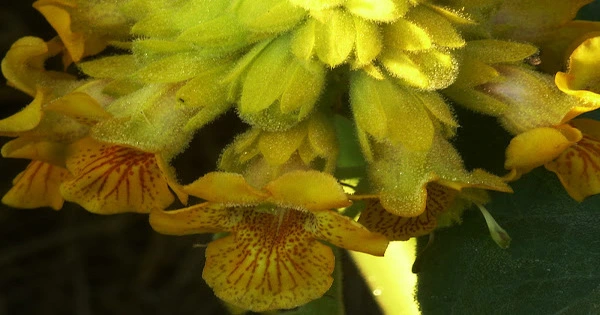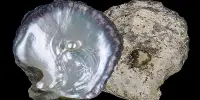A protocarnivorous plant is a plant species that has qualities generally associated with carnivorous plants, such as the ability to capture and digest prey, but does not match all of the criteria for a real carnivore. These plants frequently exhibit modifications that allow them to supplement their food intake by catching and digesting tiny creatures such as insects or protozoans.
According to some definitions, it traps and kills insects or other animals but lacks the ability to digest or absorb nutrients from its victim in the same way that a carnivorous plant can. Protocarnivorous plants have morphological adaptations such as sticky trichomes or pitfall traps, which are similar to the trap structures of proven carnivorous plants.
Bromeliads, sundews, and pitcher plants are examples of protocarnivorous plants. While some plants may have structures that attract, trap, and digest prey, they may not rely primarily on this mechanism for nourishment and may receive a large percentage of their nutrition through photosynthesis.
Some authors like the term “protocarnivorous” since it implies that these plants are on the evolutionary route to real carnivory, while others dislike the term for the same reason. The same problem arises with the term “subcarnivorous”. Donald Schnell, author of the book Carnivorous Plants of the United States and Canada, advocates the term “paracarnivorous” for a more flexible definition of carnivory that encompasses a wide range of carnivorous plants.
Protocarnivorous plants are fascinating subjects to study because they provide insights into the evolutionary routes that lead to carnivory in plants. It is thought that these plants represent an intermediary step in the evolution of carnivorous features, with truly carnivorous plants descended from protocarnivorous predecessors. It sheds light on the evolutionary history of carnivory in plants, as well as the many adaptation techniques that plants have developed to their habitats.
















